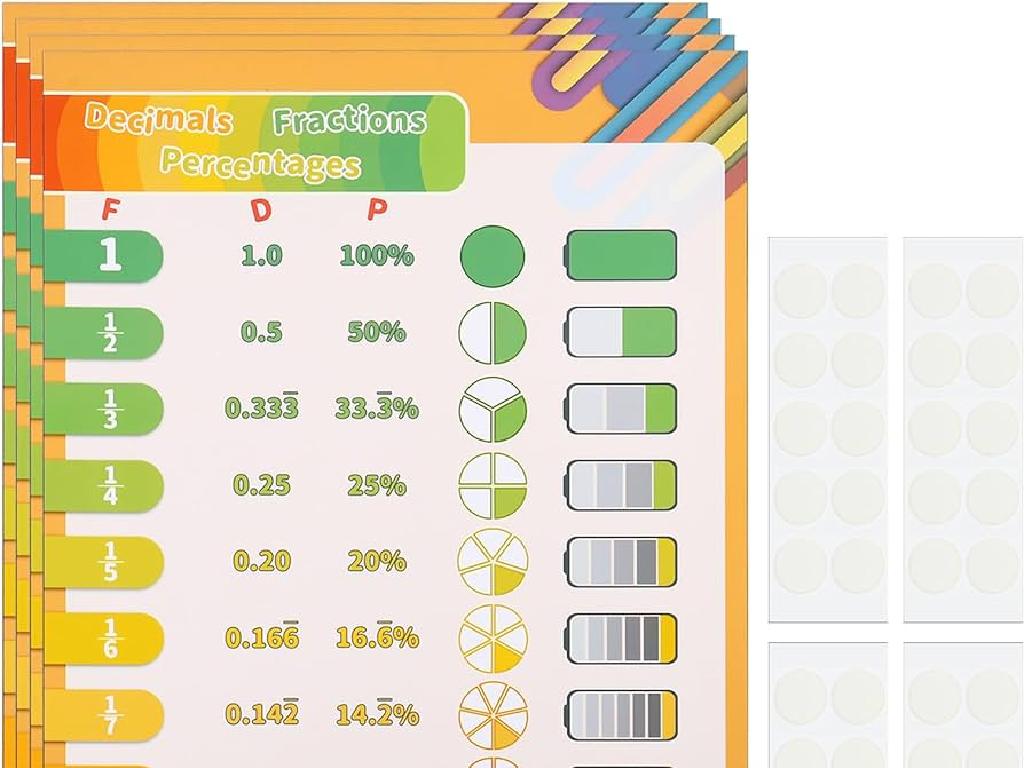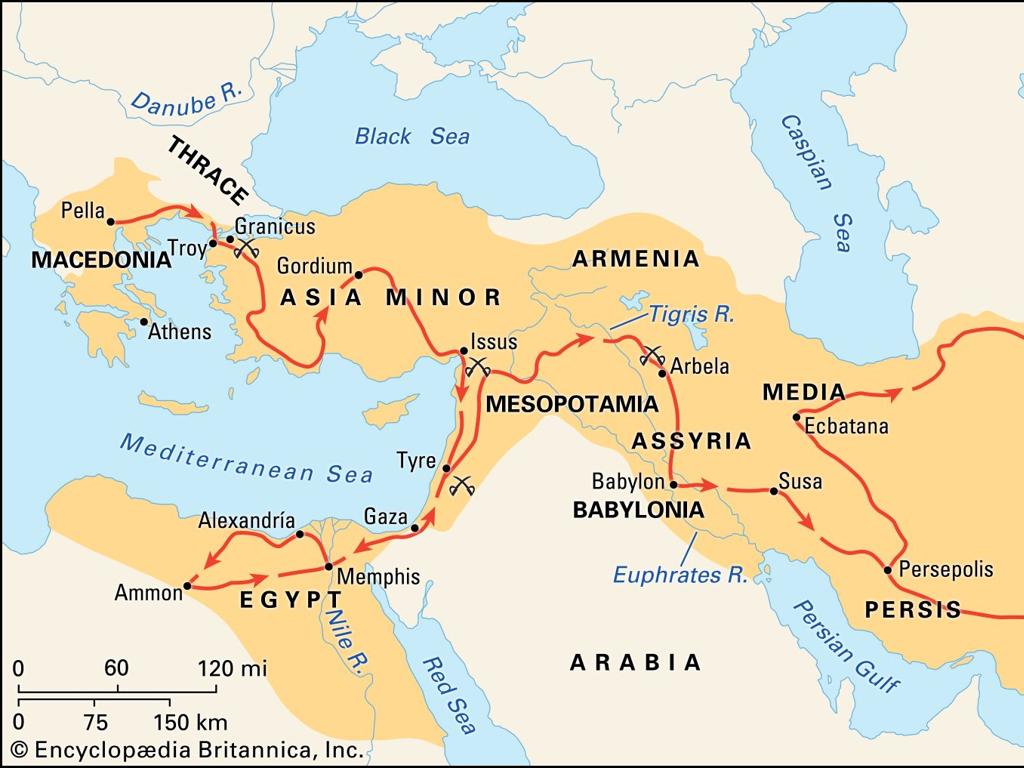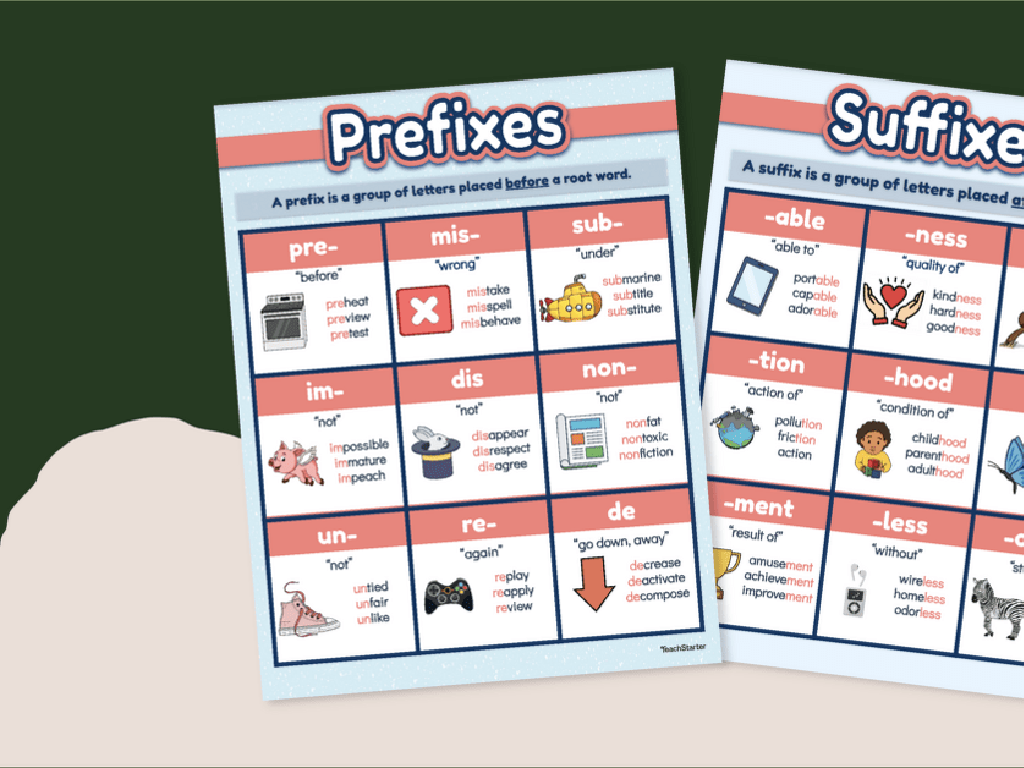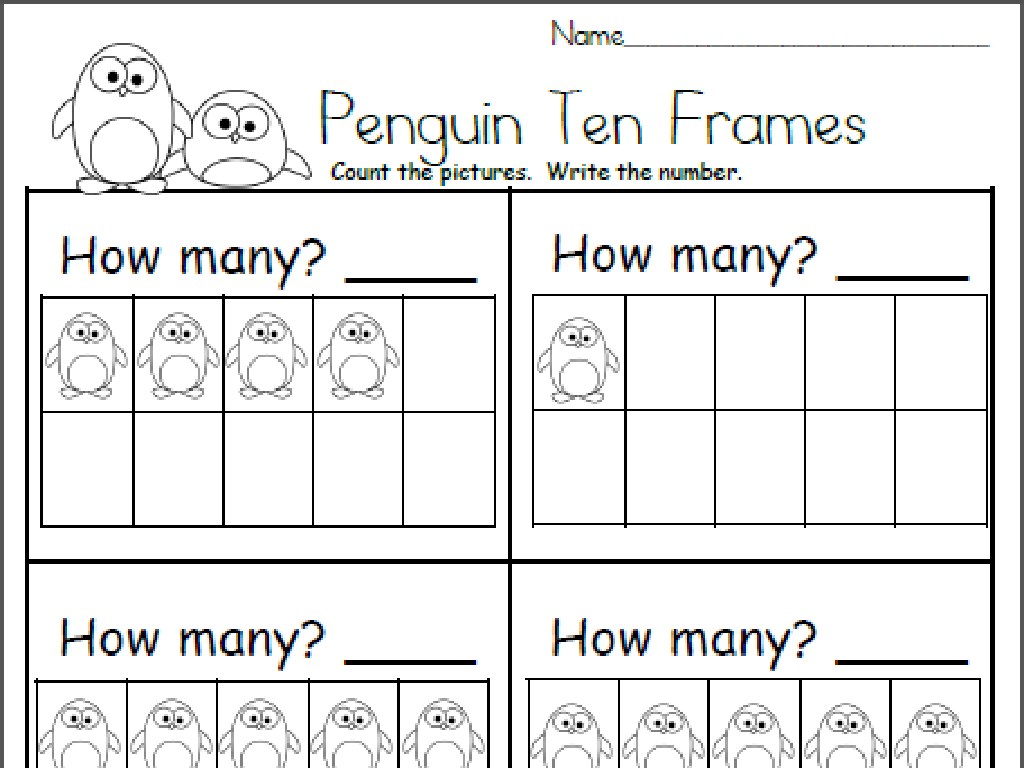Least Number Of Coins
Subject: Math
Grade: Second grade
Topic: Money Up To $1
Please LOG IN to download the presentation. Access is available to registered users only.
View More Content
Money Math: Using the Least Number of Coins
– Learn about different coins
– Pennies, nickels, dimes, and quarters
– Understand coin values
– A penny is 1 cent, a nickel is 5 cents, and so on
– Make amounts with fewest coins
– Combine coins to equal a dollar without extra coins
– Practice with examples up to $1
– If you have 75 cents, use 3 quarters instead of 7 dimes and 5 pennies
|
This slide introduces students to the concept of using coins to make up monetary amounts up to $1. Start by familiarizing them with the different types of coins and their values. Explain that the goal is to use the smallest number of coins possible to reach a total amount. Provide clear examples, such as using a quarter instead of 25 pennies, to illustrate the concept. Encourage students to think critically about the best combination of coins for a given amount. Include interactive activities where students can practice making amounts with real or play coins, and discuss the various ways to reach the same total using different coins.
Meet the Coins: Know Your Money!
– Introduction to coins
– Learn about penny, nickel, dime, and quarter
– Value of penny, nickel, dime, quarter
– Penny=1 cent, Nickel=5 cents, Dime=10 cents, Quarter=25 cents
– Quick quiz on coin identification
– Show pictures of each coin and ask students to name them
– Practice with real coins
– Bring some coins to class for hands-on learning
|
This slide introduces students to the basic coins used in the United States: the penny, nickel, dime, and quarter. It’s important to help students recognize each coin by its size, color, and value. Emphasize the value of each coin and how many of each are needed to make a dollar. The quick quiz will involve showing pictures of each coin and asking students to identify them by name and value. Encourage students to touch and hold real coins to familiarize themselves with the physical characteristics. This tactile experience can help solidify their understanding of each coin’s value and how they can be used in everyday transactions.
Counting Coins: Making Change
– Pennies to Nickels
– 5 pennies are equal to 1 nickel.
– Nickels to Quarters
– 5 nickels make 1 quarter.
– Counting by 5s and 10s
– Practice skip counting using coin values.
– Practice with real coins
– Use coins to count out values by 5s and 10s.
|
This slide is aimed at helping second-grade students understand the concept of making change with coins. Start by explaining that 5 pennies make a nickel and 5 nickels make a quarter. Emphasize the importance of counting by 5s and 10s as a foundational skill in handling money and making change. Encourage students to practice with real coins, which will help them visualize and better understand the concept. Provide examples and guide them through exercises where they count out different amounts using pennies, nickels, and quarters. This hands-on activity will reinforce their counting skills and their understanding of the value of coins.
Making Exact Amounts with Coins
– Learn to make the same amount
– Different coins, same total value
– Example: 50 cents with various coins
– Use nickels, dimes, quarters, and pennies
– Activity: Find four ways to make 50¢
– Think creatively and use different combinations
|
This slide introduces the concept of using various combinations of coins to create the same total amount. Start by explaining that different coins have different values, and how many of each coin can add up to the same total. For example, 50 cents can be made with 2 quarters, 5 dimes, 10 nickels, or 50 pennies. During the activity, encourage students to think of different ways to make 50 cents, such as 1 quarter and 25 pennies, or 3 dimes, 4 nickels, and 10 pennies. Provide guidance and ensure they understand that there are multiple correct answers. This activity helps students understand the value of money and improves their counting and problem-solving skills.
Using the Least Number of Coins
– What ‘least number of coins’ means
– Using the smallest number of coins to make a value
– Importance of minimal coin usage
– Saves space in your piggy bank and makes counting easier
– Example: 25 cents with least coins
– Use 1 quarter instead of 25 pennies
– Example: 50 and 75 cents practice
– Find the fewest coins for 50 cents and 75 cents
|
This slide introduces the concept of using the least number of coins possible to reach a certain amount of money, which is a practical skill for everyday transactions. It’s important for students to understand that this method is efficient and time-saving. Start with the example of 25 cents, showing that a single quarter is preferable to multiple smaller coins. Then, challenge the students to apply this concept to 50 cents and 75 cents, guiding them to use the fewest coins possible. Encourage them to think about different combinations and why some are better than others. This will help them develop critical thinking and problem-solving skills related to money management.
Let’s Practice Together: Least Number of Coins
– Interactive example with 68 cents
– How can we make 68 cents using the fewest coins?
– Class suggests coin combinations
– What coins would you use to make 68 cents?
– Discuss optimal combinations
– Why is one combination better than another?
– Understand value of different coins
|
This slide is for an interactive class activity focused on teaching students how to find the least number of coins to make a certain amount of money, in this case, 68 cents. Start with an example on the board and walk through the process of selecting coins. Encourage students to participate by suggesting different combinations of coins. Discuss each suggestion and guide them to understand why using the largest coin values first results in fewer coins. This will help them grasp the concept of coin value and efficiency. Prepare to have real coins or manipulatives for a hands-on experience, and consider grouping students to work together for collaborative learning. Have a few different scenarios ready in case time allows for additional practice.
Coin Challenge: Finding the Least Coins
– Learn to use the least coins for amounts
– Work with a buddy on 5 challenges
– Find solutions using play coins
– How can you make 50 cents using the fewest coins?
– Share your findings with everyone
|
This class activity is designed to help students understand the concept of making amounts with the least number of coins possible. Provide each pair with a set of play coins including pennies, nickels, dimes, and quarters. Challenge them to find the least number of coins needed to make amounts like 25 cents, 50 cents, 75 cents, etc. After they have completed the challenges, ask them to present their solutions to the class. This will help them to practice their counting and critical thinking skills. Possible variations of the activity could include timed challenges, finding multiple ways to make the same amount, or even a ‘coin race’ where pairs compete to find the least number of coins the fastest.
Wrapping Up: Least Number of Coins
– Recap: Least number of coins
– We learned how to pay with the fewest coins possible.
– Homework: Money practice worksheet
– Complete the worksheet to become a coin expert.
– Reminder: Keep practicing!
– The more you practice, the better you’ll get!
– Bring questions next class
|
As we conclude today’s lesson on using the least number of coins, remind students of the strategies they’ve learned to determine the fewest coins needed for a given amount. For homework, provide a worksheet with various money scenarios where they can apply these strategies. Emphasize the importance of practice in mastering this skill and encourage them to bring any questions they have to the next class. This will help solidify their understanding and prepare them for real-life situations where they need to use money.






